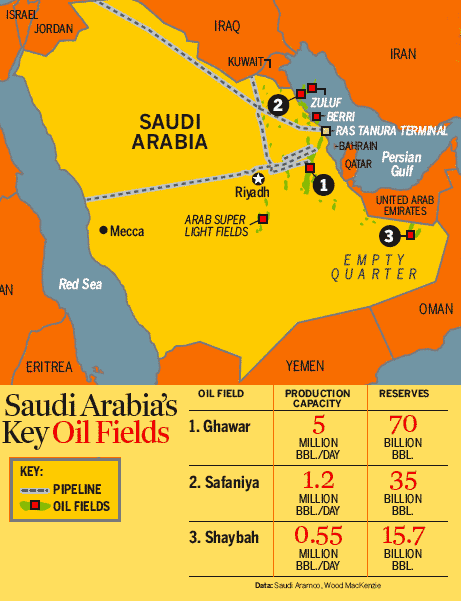Saudi Arabia's crude oil exports surged to a nine-month high in March, according to data compiled by the Joint Organizations Data Initiative (JODI). This news comes amidst a complex global energy landscape, marked by fluctuating demand and production cuts from major oil producers.
The Kingdom shipped 6. 41 million barrels per day (bpd) of crude oil in March, reflecting a 1. 5% increase from February's figures. This upswing marks the second consecutive month of rising exports, indicating a potential shift in Saudi Arabia's oil strategy.
While exports climbed, crude oil production in the Kingdom dipped slightly to 8. 97 million bpd in March. This decrease aligns with production cuts implemented by the Organization of the Petroleum Exporting Countries and its allies, known as OPEC+. The group aims to maintain oil price stability by regulating supply.
Analysts suggest that rising exports could be driven by several factors. Firstly, a recent uptick in global oil demand, particularly in Asia, might have spurred Saudi Arabia to meet the growing need for crude. Additionally, the Kingdom may be strategically stockpiling less oil in anticipation of future market fluctuations.
JODI data also revealed a decline in Saudi Arabia's domestic oil consumption. Refinery crude runs, which represent the amount of crude processed into fuels like gasoline and diesel, fell by 4% compared to February. Furthermore, the Kingdom's direct crude burning, a less refined use of crude oil, witnessed a 14. 7% drop in March.
The recent developments in Saudi Arabia's oil sector paint a picture of a nation carefully navigating the global energy market. While the Kingdom adheres to production cuts alongside OPEC+, it seems to be capitalizing on export opportunities presented by rising global demand. This two-pronged approach could prove beneficial for Saudi Arabia's oil revenue in the long run.
Looking ahead, the upcoming meeting of OPEC+ in June will be closely watched. The group's decision regarding production cuts will significantly impact global oil prices and, consequently, the strategies employed by major oil producers like Saudi Arabia.

